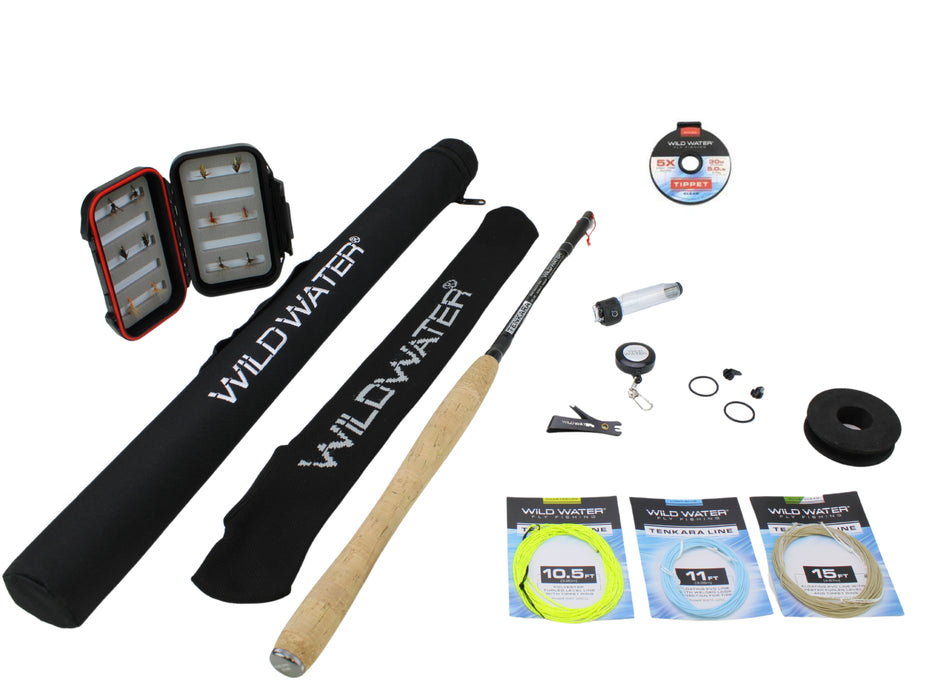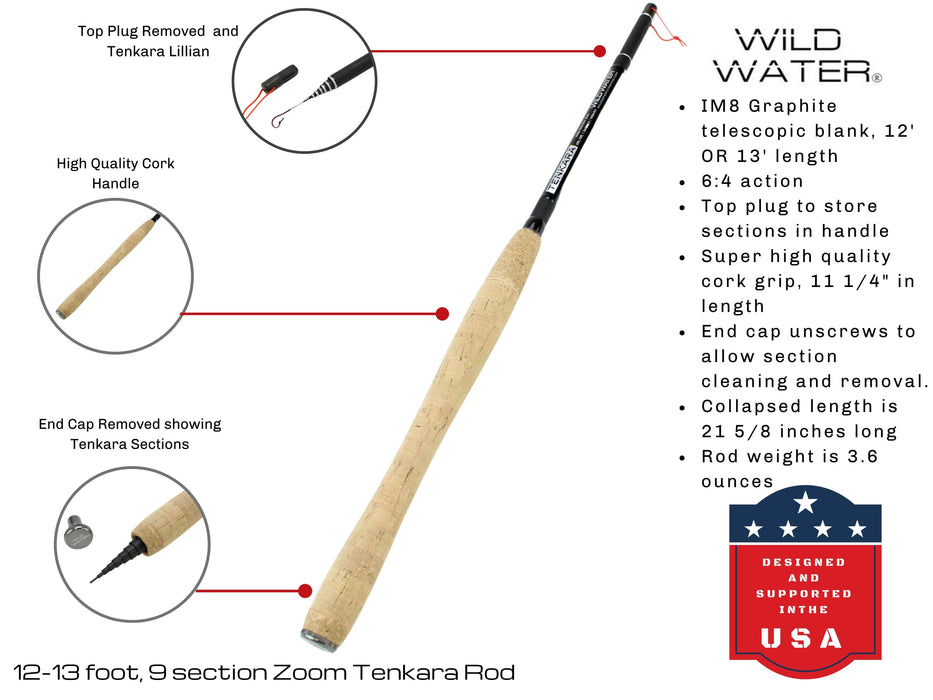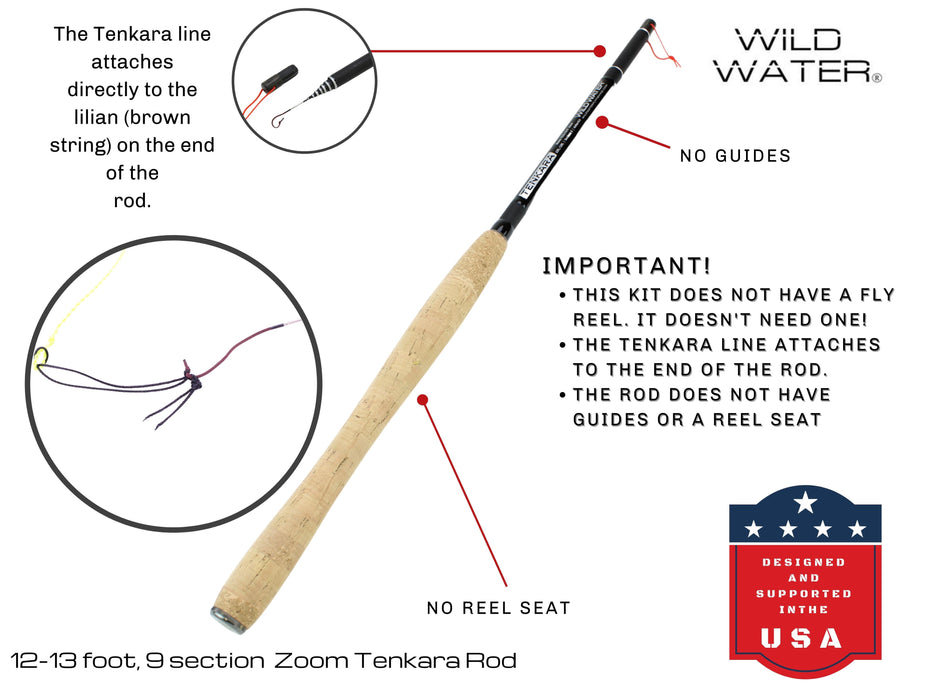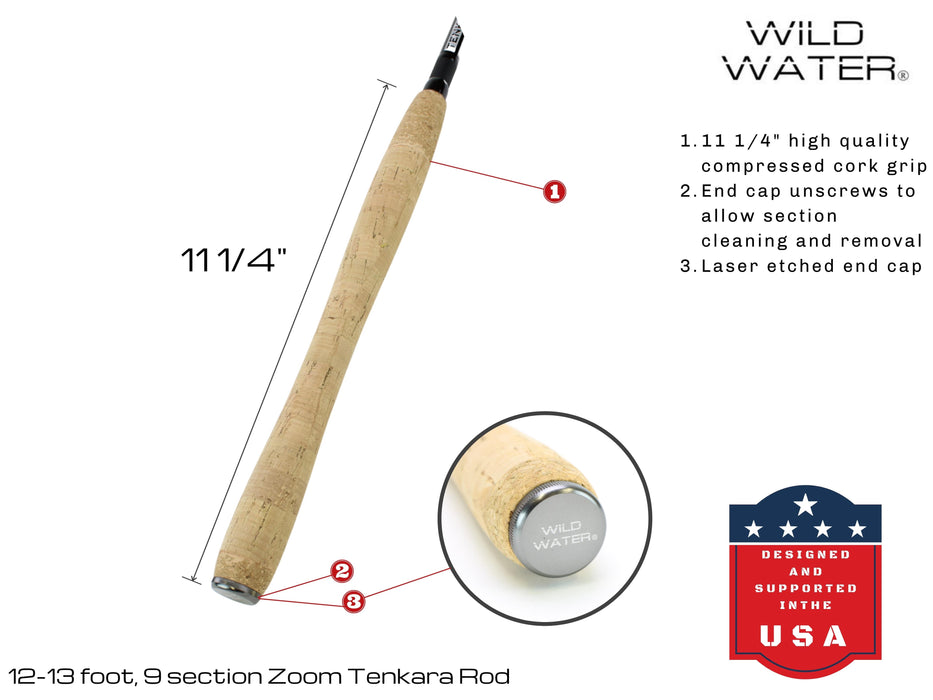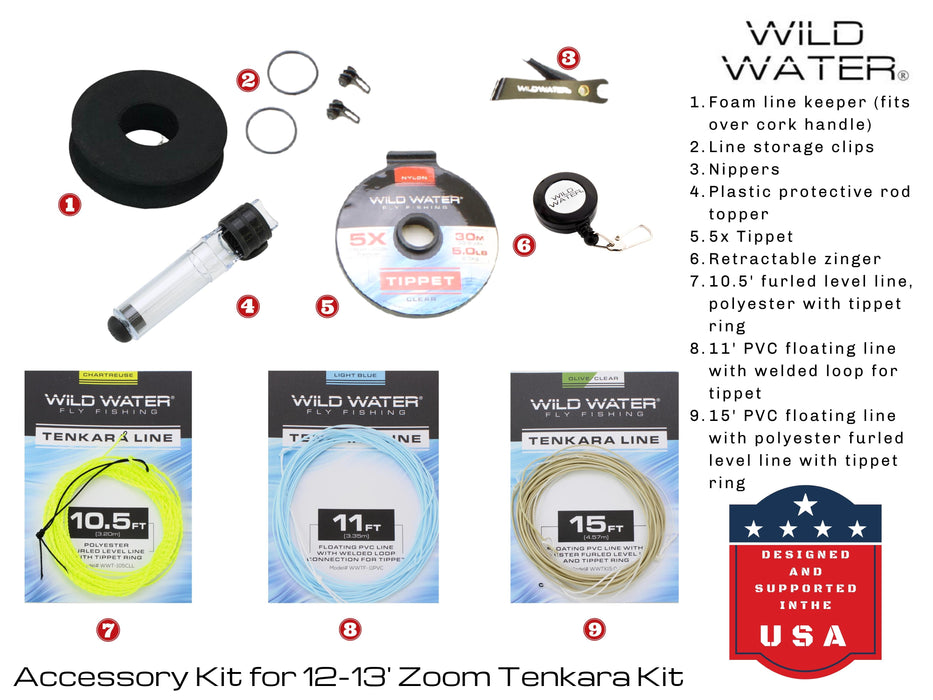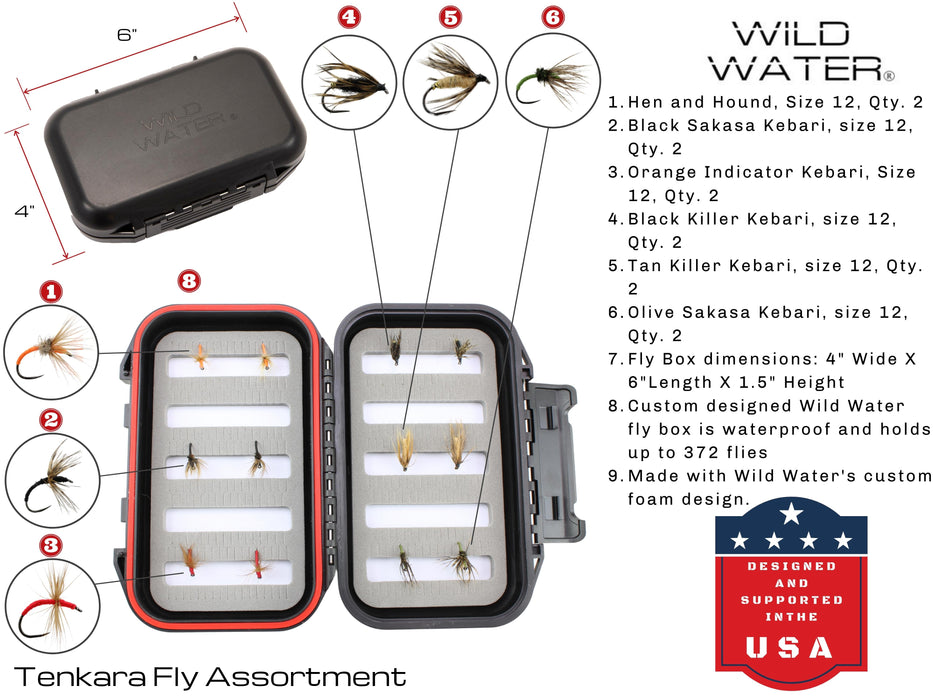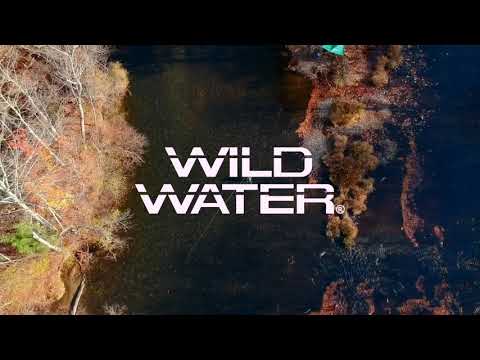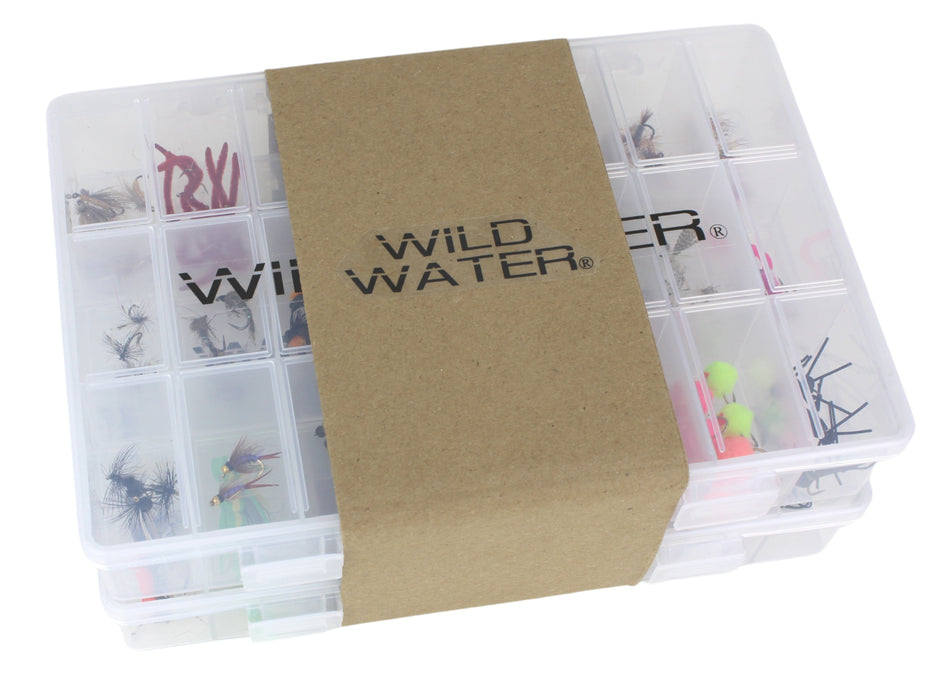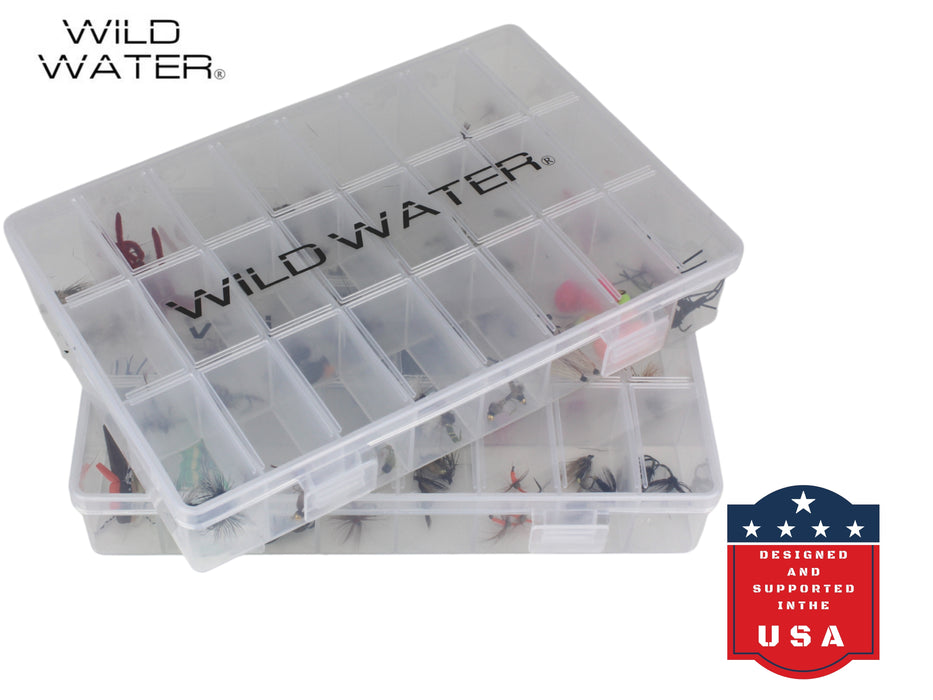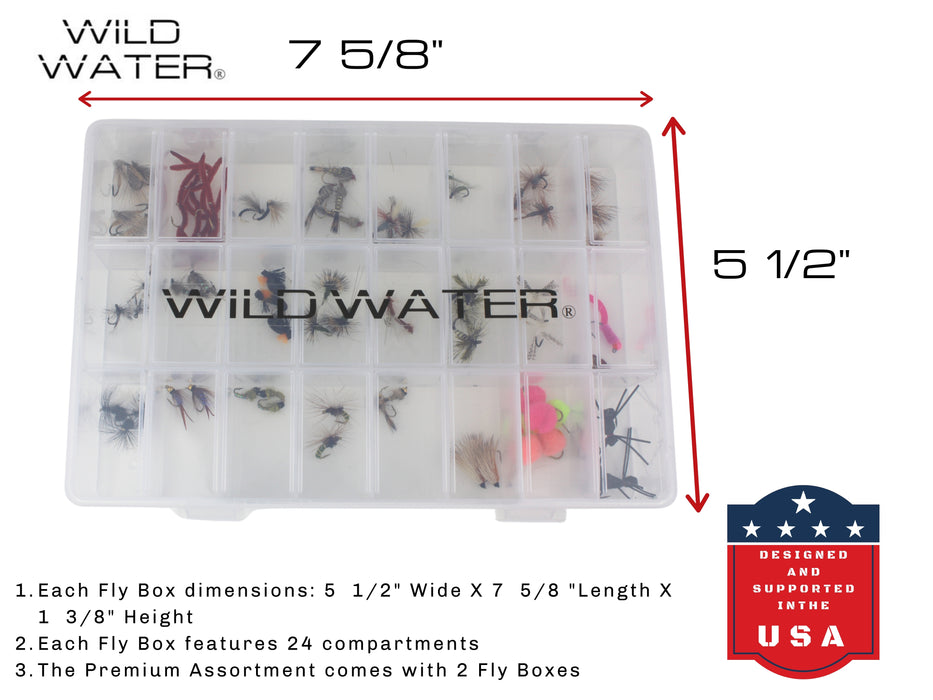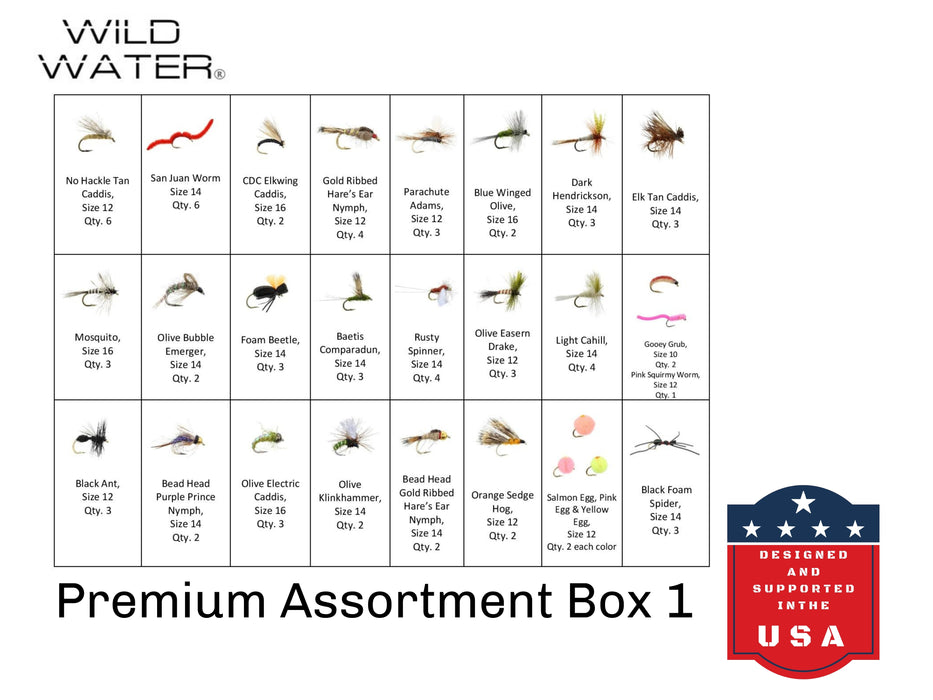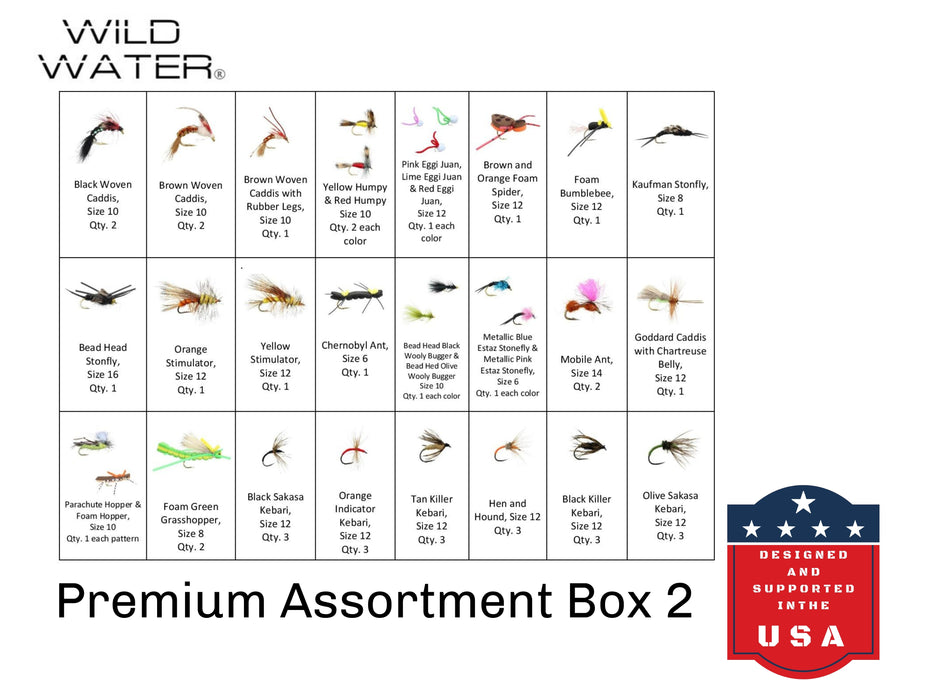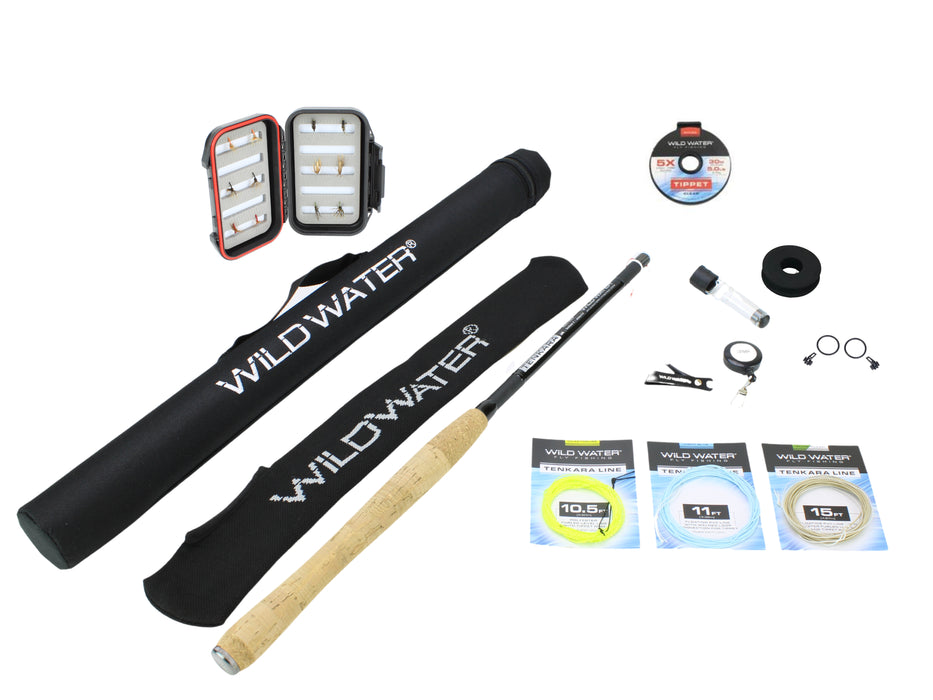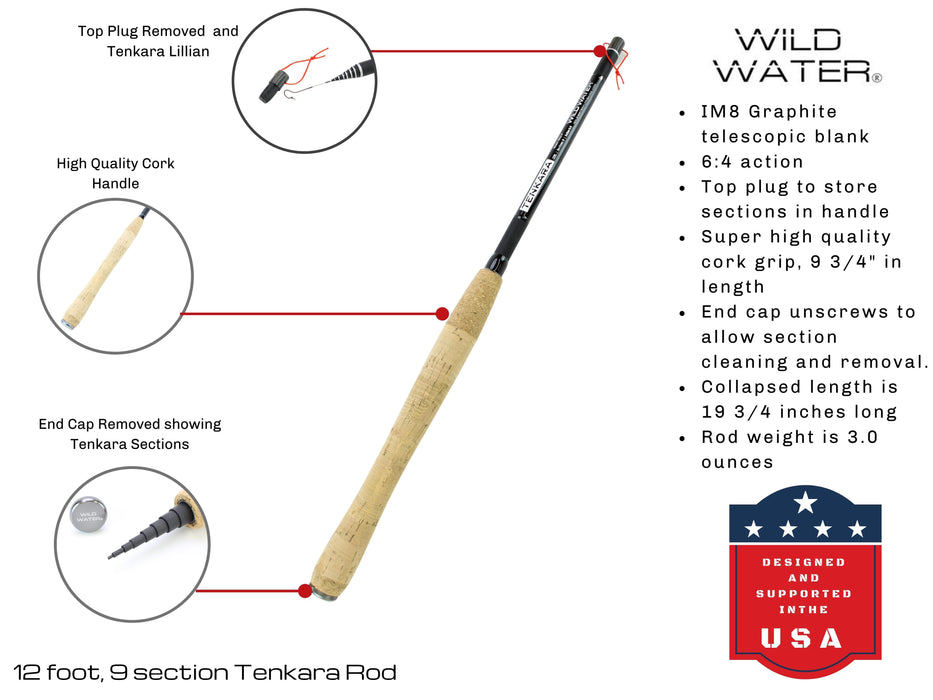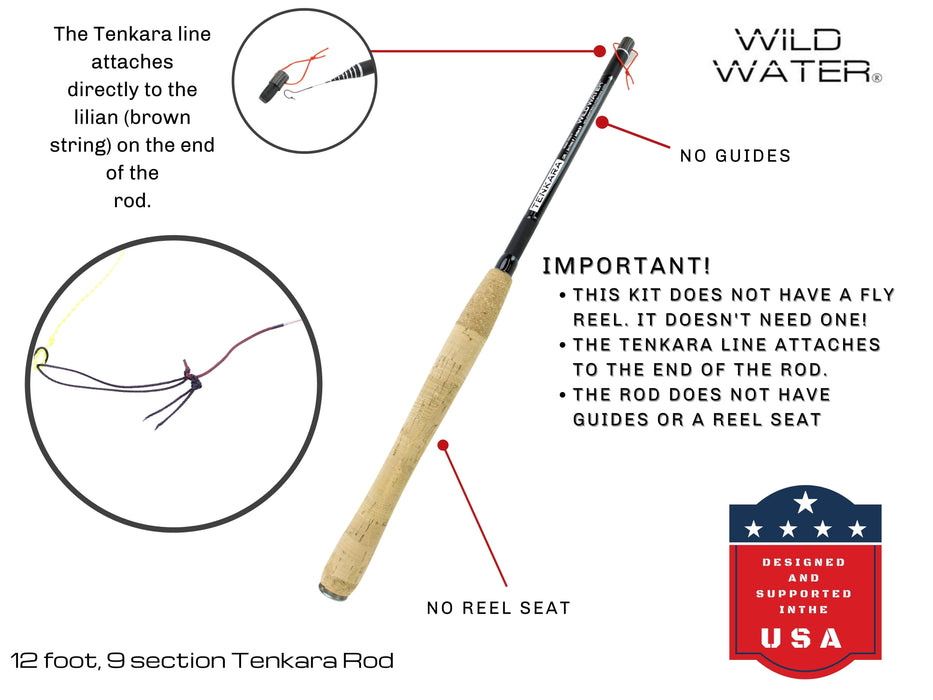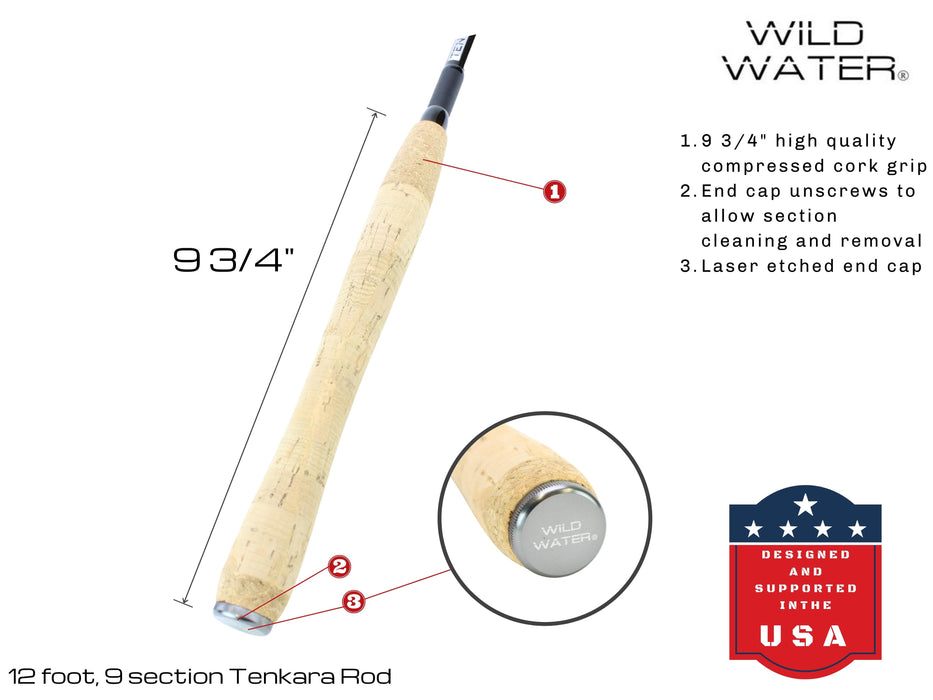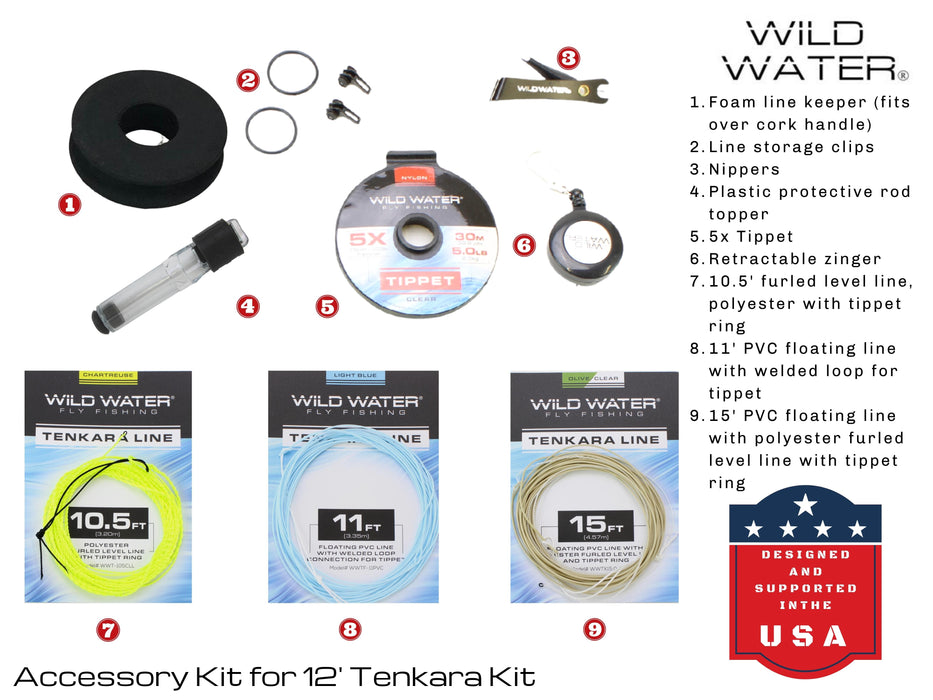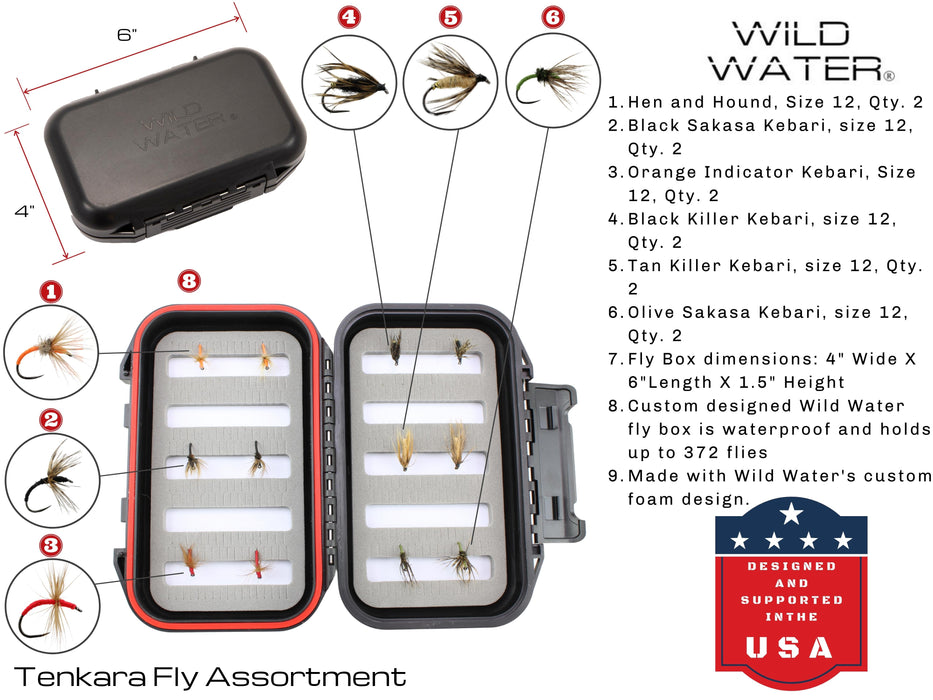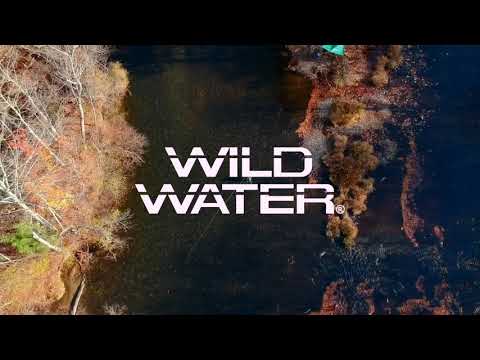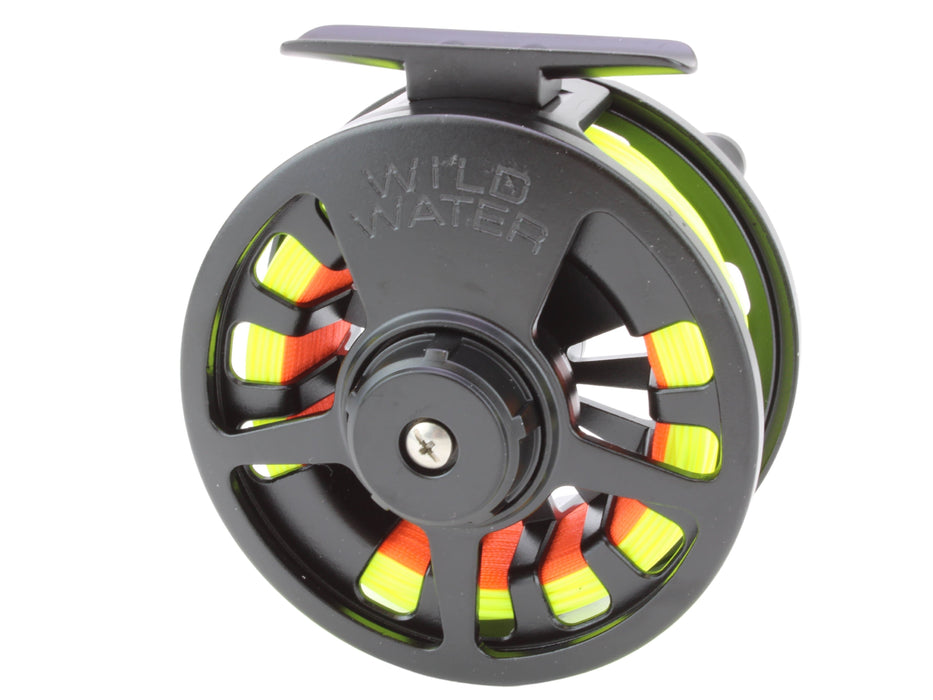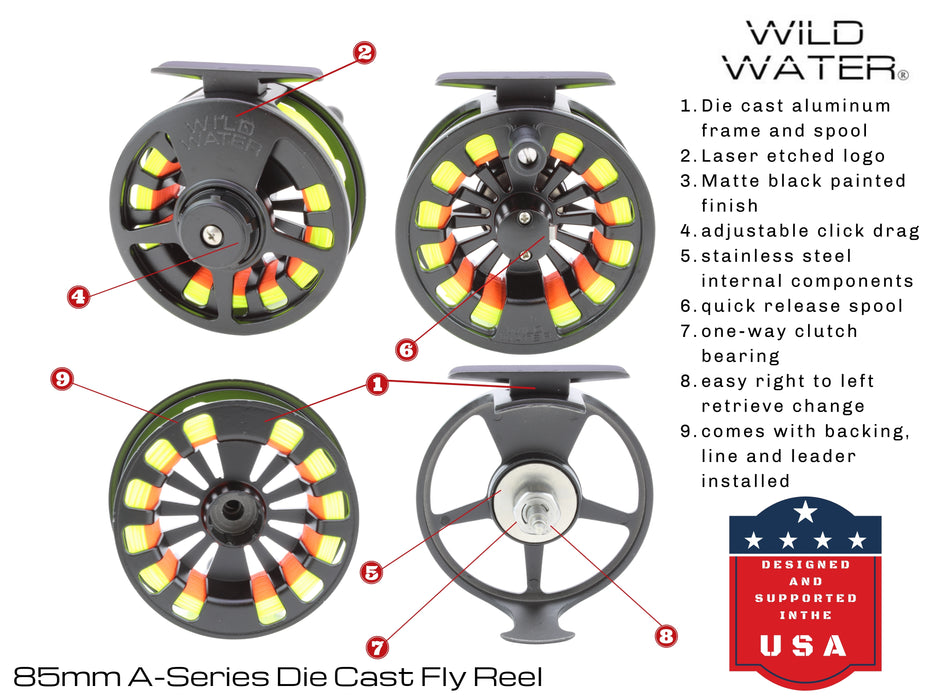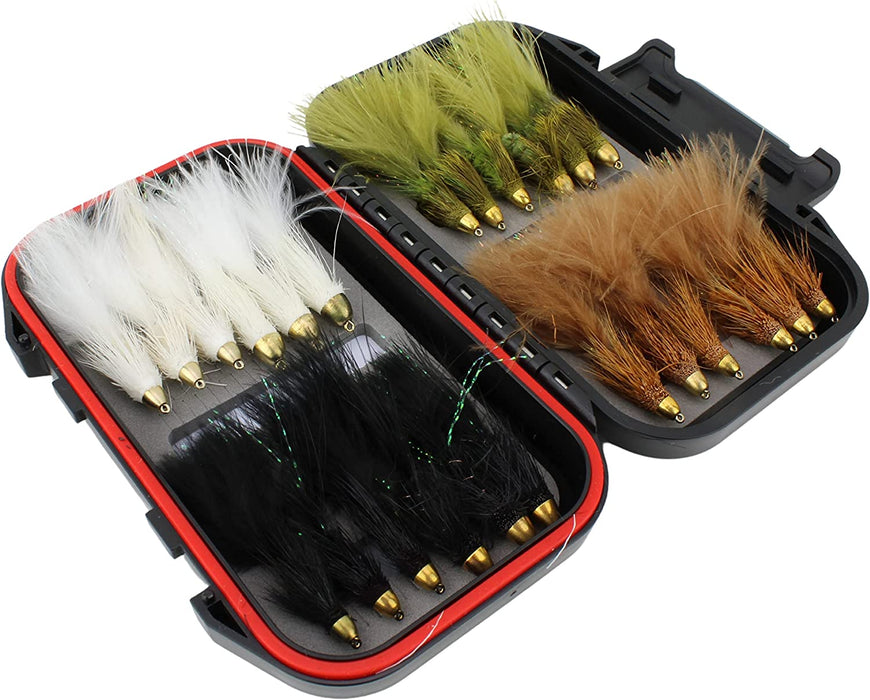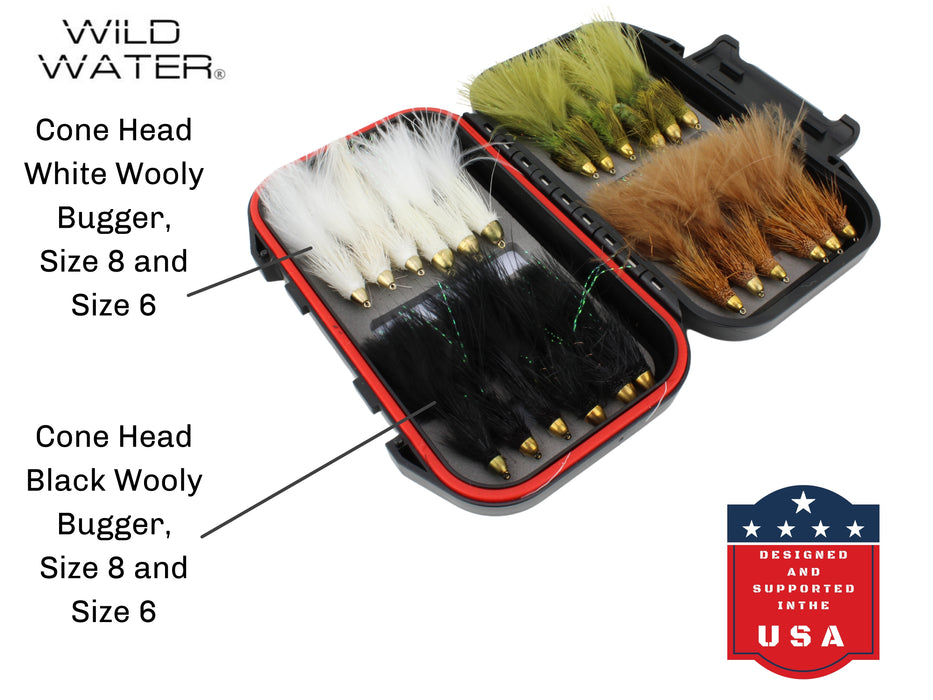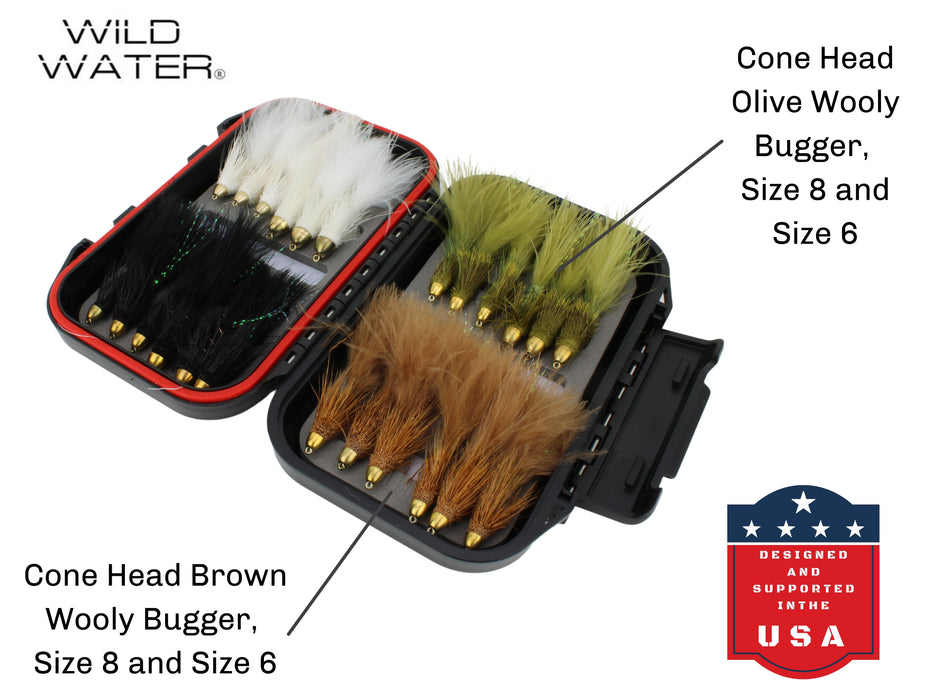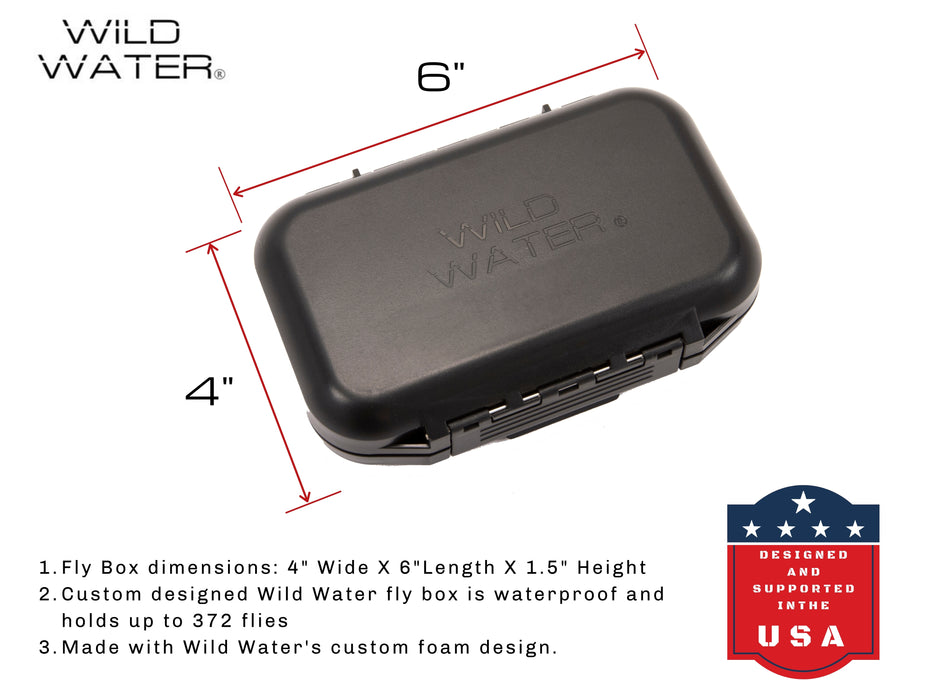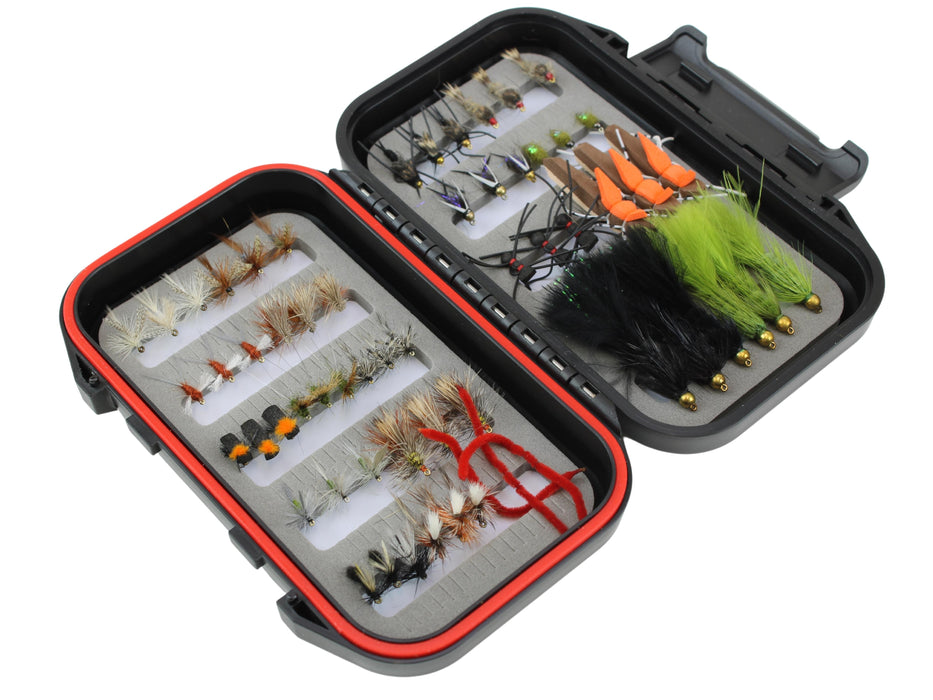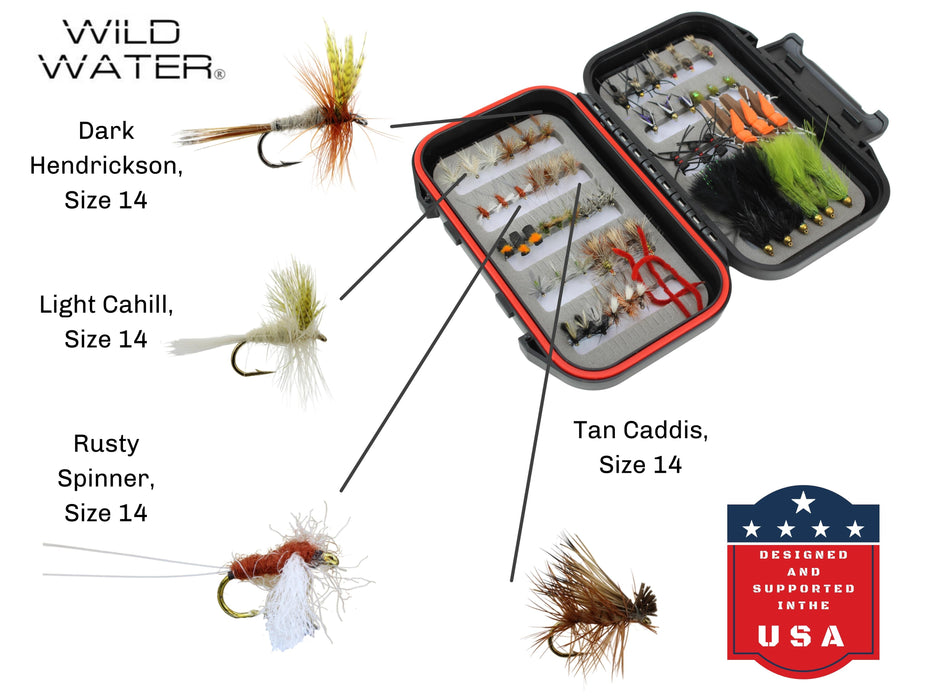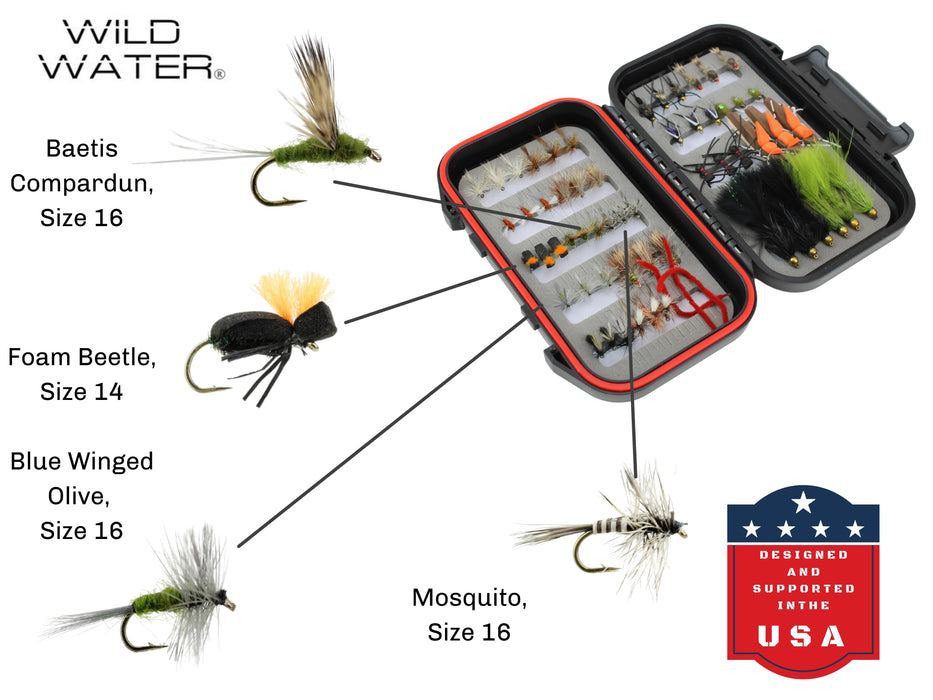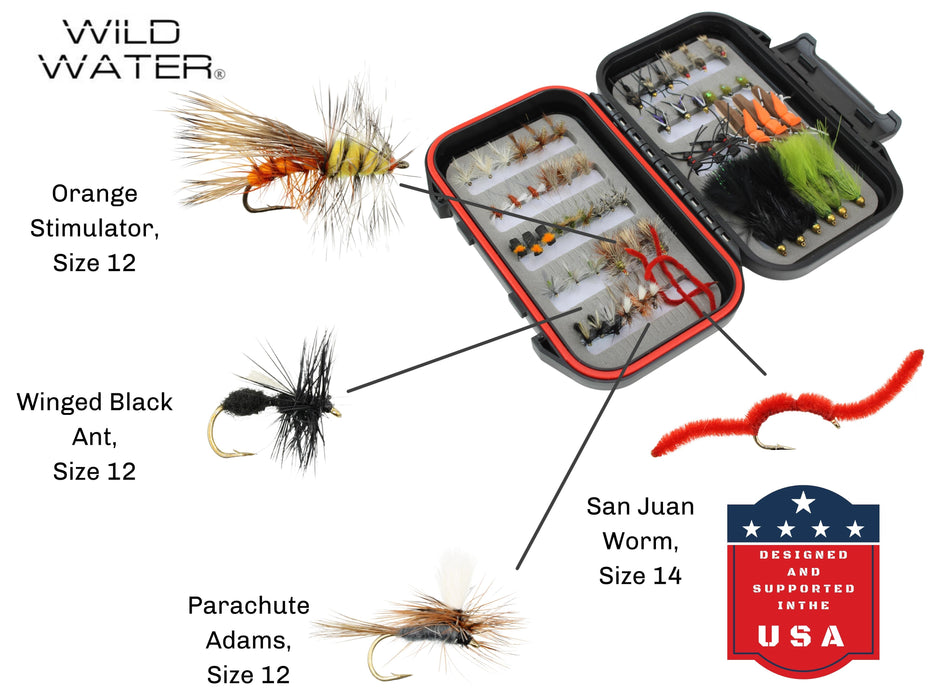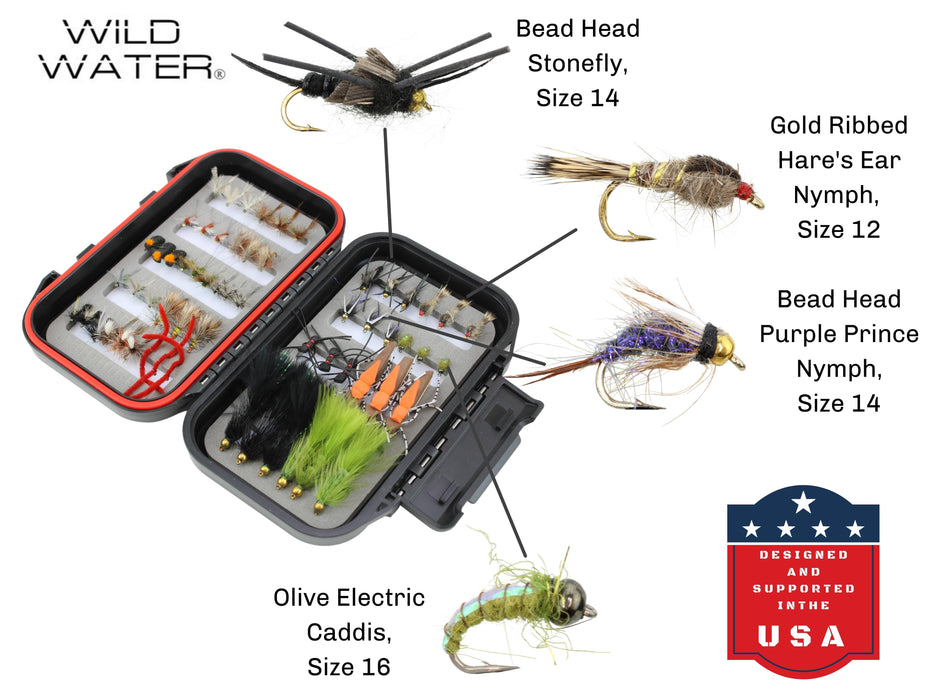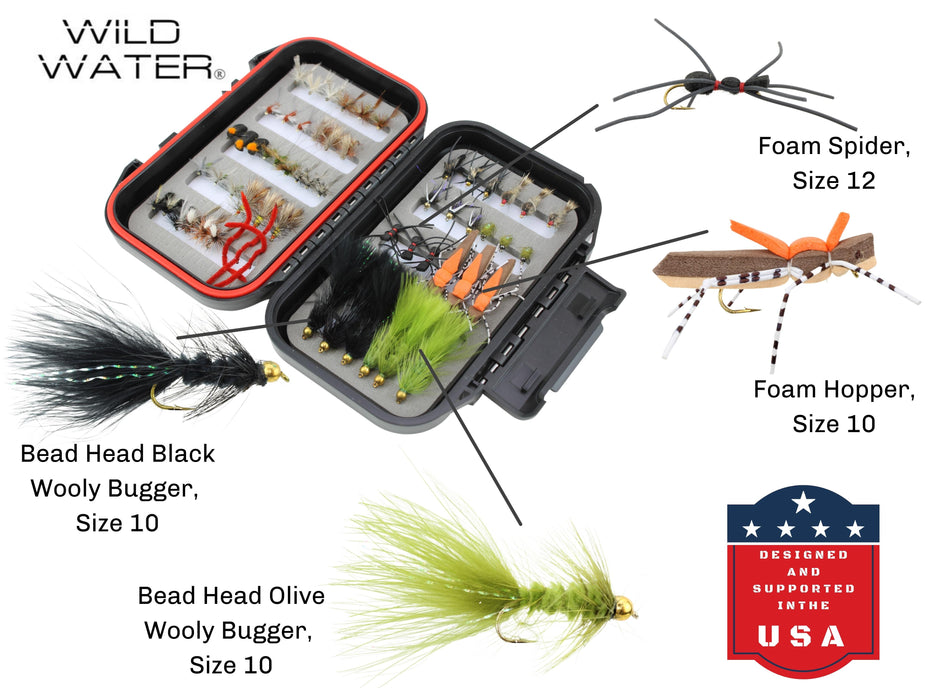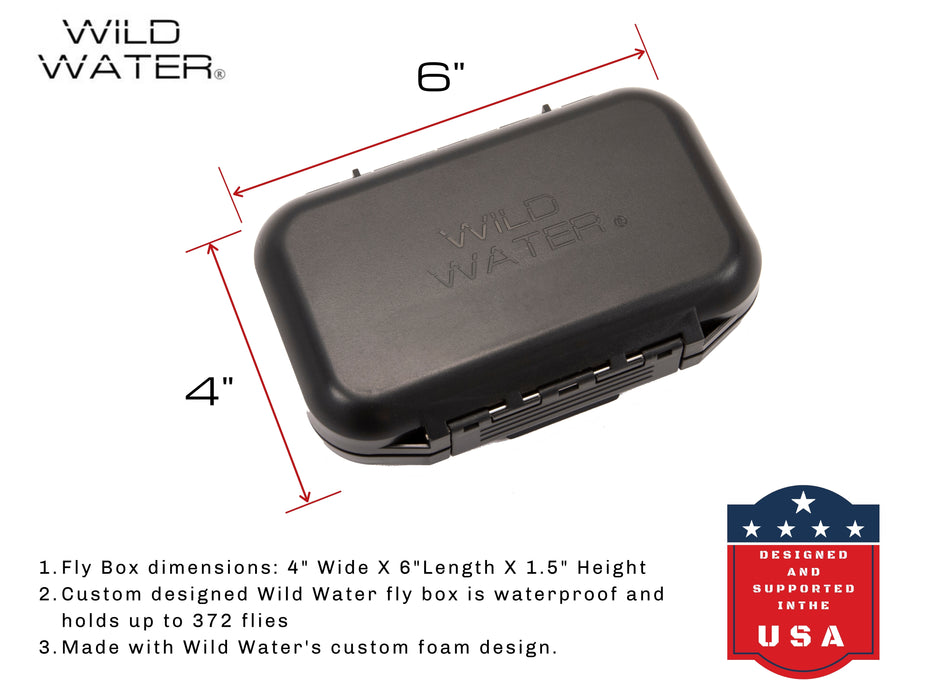Fly Fishing in Black Hills National Forest, South Dakota
When many people think of fly fishing, they imagine it only takes place in states like Montana, Idaho, and Colorado. The activity is connected to the mountain peaks and canyon walls that make these areas known around the world.
Fly fishing in South Dakota is becoming popular as the community discovers that the ancient hills surrounding Mount Rushmore and Devil’s Tower cradle healthy, vibrant trout streams. These streams are the same as the one’s gold prospectors panned hoping to make their fortune.
Today, fly fishing in the Black Hills of South Dakota is a prime activity for anglers seeking unpressured waters, miles of public access, and a brush with the history that makes South Dakota so well-known. Chances are good that a few brown, rainbow, tiger, and brook trout will come to the net from the cold waters. This area is very accessible for the beginner fly angler who is looking for their first fly fishing experience.
Where to Go
Lakes to fish in South Dakota
Pactola Reservoir is named after the gold mining town that used to reside in the valley before it was dammed. The deepest and coldest of the Black Hills lakes, Pactola Reservoir sits an hour drive south of Spearfish and just 30 minutes west of Rapid City. This fishery is known for its rainbow, brown, and lake trout. However, trophy northern pike as well as yellow perch, largemouth bass, and bluegill call this lake home.
Sheridan Reservoir sits 17 minutes south of Pactola and is loved for its diverse fish species. Fly anglers can catch brown trout, brook trout, rainbow trout, northern pike, yellow perch, bluegill, and crappie at this fishery.
Deerfield Reservoir is the off-the-beaten-path option for anglers that want to adventure deep into the hills. This lake is an hour and 15 minute drive from Spearfish and an hour west of Rapid City. Most of the drive is through rural areas with sparse amenities. For anglers hoping to catch brook trout, this lake is the most popular brook trout fishery and offers beautiful views.
Rivers to fish in South Dakota
Spearfish Creek starts as several intermittent streams and spring creeks come together to run through Spearfish Canyon. This fishery holds good numbers of brown, brook, and rainbow trout with plenty of access. The stretch through the City of Spearfish as well as the section running through Spearfish Canyon are great places to start.
Much like Spearfish Creek, Rapid Creek starts deep in the hills and grows as it gathers water from feeder creeks along its east meandering path. The creek empties into Pactola Reservoir where it picks up again starting from the spillway below Pactola Dam. There is excellent fishing from the waters of the Pactola Dam spillway, all the way through the City of Rapid.
South Fork Rapid Creek and Upper Little Spearfish
For anglers who want a spring creek native brook trout adventure, these two creeks form the headwaters of their full-sized namesakes. Technical fishing, wild country, and native fish are the core features of these often overlooked waterways. Tenkara anglers are able to do particularly well here, because the streams are similar to the ones on which Tenkara was designed.
What to use
On heavily fished waters, some classic patterns don’t have the specificity or uniqueness to convince a fish to strike. However, with the Black Hill’s lack of pressure, heritage patterns like hare’s ears, brassies, elk hair caddis, and wooly buggers are highly effective. Here are a few of my favorites.
Dry Flies (Sizes 14-18)
- Elk Hair Caddis
- Adam’s
- Parachute Hare’s Ear
- Griffith’s Gnat
Nymphs (Sizes 16-20)
- Gold Ribbed Hare’s Ear
- Pheasant Tail Nymphs
- Brassie
- Zebra Midges
Streamers (Sizes 8-12)
- Black, Olive, or Purple Wooly Bugger
- Olive or Purple Zonker
- Clouser Minnow
Terrestrials (Sizes 10-14)
- Dave’s Hopper
- Chernobyl Ant
- Stimulator
Fly Fishing the Seasons in South Dakota
Winter
Spearfish Creek is one of the most unique rivers in the world. In the winter, the river is one of only a handful of streams known to freeze from the bottom up. Because of this, winter fishing in the Black Hills can be difficult.
This time of year, minimize your presentation and quiet down. Use small, light indicators, flies in sizes 20-24, 6x tippet, and lines that are 5 weight or less. The streams are small and become low and clear in the winter. This means the fish are on high alert for predators and spook easily.
Summer
Summer fishing in the Black Hills is amazing. The waters stay cold year round and the warm days and cool nights cause prolific hatches throughout the summer. The list of recommended fly patterns will serve you well. The fish are most active in the early morning hours right before and right after sunrise and right before to right after sunset.
Enjoy the howls and cries of coyotes in the canyons in the evenings and keep your ear out for the echoing call of mountain lions that can be heard around the hills.
Spring
In the spring, large streamer patterns swung through deep pools are great for hungry trout. Also, the fish will start looking up, so dry flies like the parachute hare’s ear are great options to tempt an early season rise.
Fall
Fall hopper/dropper combinations are one of the most effective and most fun methods of fishing in the Black Hills. To fish hopper/droppers, tie on your favorite high floating grasshopper pattern and add a 6-10 in. strip of tippet material to the bend of the hopper’s hook. On the end, tie a nymph pattern. Using the grasshopper as a strike indictor and a dry fly, this rig is deadly during fall in the Black Hills.
Conclusion
Fly fishing in the Black Hills of South Dakota is an amazing experience. Ready access to many different bodies of water, styles of fishing, species, and amenities like restaurants, tourist attractions, and lodging make a fly fishing trip here fun for everyone. There’s nothing quite like casting a beautiful fly rod or light Tenkara rod in cold, natural streams while immersed in the natural wonders of South Dakota’s wild country.
Written by:
Hiroto Hayashi - https://www.hirotohayashi.com/

